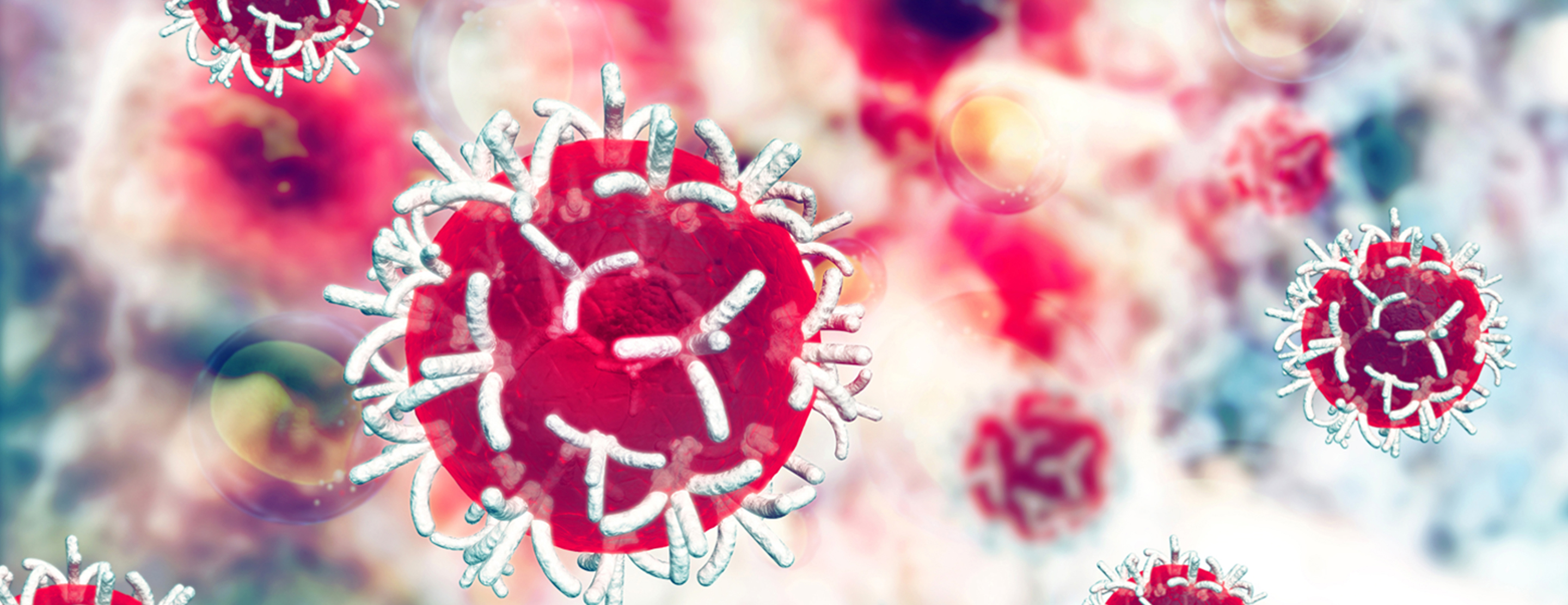Orthovoltage is a type of radiation therapy that has been available for more than 60 years. The X-rays used in this treatment are strong enough to kill cancer cells but do not penetrate more than a few millimeters beyond the surface of the skin, making it an effective treatment for very superficial, small tumors, such as skin cancers and nonmalignant skin conditions including keloids. Orthovoltage is an excellent noninvasive alternative to surgery for skin cancer in sensitive locations, such as the folds of the nose, eyelids or ears.

Orthovoltage
Preparation
No special preparation is required prior to having orthovoltage. However, the skin should be clean and free of any heavy lotions or makeup.
Procedure
At your first session, a small fitted shield made of lead will be customized for you. The shield is designed with an opening in the middle where the skin will be treated. The shield is used during all of the treatments to protect the healthy normal tissues surrounding the targeted area.
After the session in which your lead shield is designed, actual treatments are usually started the following business day. Treatments are painless and take about 15 minutes. You will receive orthovoltage every day for a period of three to four weeks.
During treatment, the technician and doctor will position you lying down on the table in a comfortable and reproducible way. You will be positioned so that the orthovoltage machine with the proper size cone attachment can be placed over the open area in the lead shield.
Recovery
In general, you will feel only minimal side effects after orthovoltage. Because it is a very focused and superficial treatment, confined only to the surface of the skin, most patients continue to work or perform normal activities the same day.
It is important to be very gentle with your skin during treatment and for a few weeks afterwards. Avoid scrubbing the treated area or shaving in a way that will nick or tear the skin. Some patients experience reddening, tenderness or sensitivity of the treated area.
For the rest of your life, you should avoid excessive sun exposure to the treated area or use a high SPF sunscreen if you can't avoid sun exposure.
UCSF Health medical specialists have reviewed this information. It is for educational purposes only and is not intended to replace the advice of your doctor or other health care provider. We encourage you to discuss any questions or concerns you may have with your provider.








